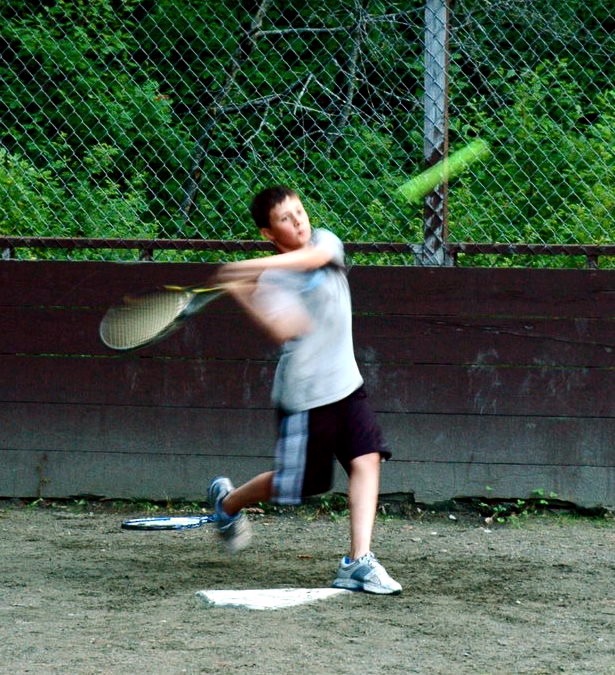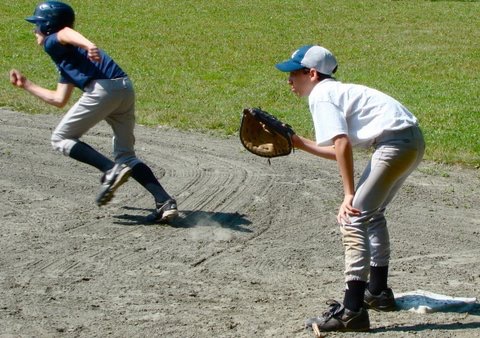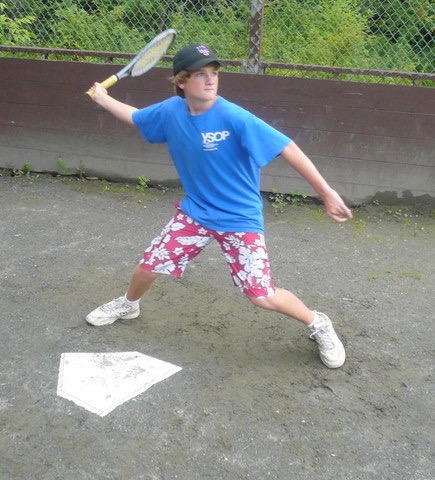A recent article in The Washington Post highlighted the decline in interest for youth baseball. The cost of equipment and the need for adult supervision were cited as the prime reasons for this trend. Missing completely was the real deal killer: baseball is difficult to learn. Especially at the age when kids first grow attracted to team sports – first or second grade – baseball can be frightening. The ball is hard and it comes at the player fast – be it pitched, thrown or batted. Some youth league coaches soft toss pitches themselves or use that dreaded batting tee to simulate game action: Boring! Kids opt out of baseball and into soccer, a far less menacing prospect, or to lacrosse, where heavy (and, cool) equipment gives the child a greater sense of protection from hard flying objects.
I think baseball ought to be taught differently from its traditional form, and especially to those young first time starters. Sure, I would advocate no change to the “throw and catch” methodologies, of timeless employment, using real baseballs . But, to learn the fine arts of batting, base running and defense, kids should see nothing harder than a tennis ball.
At Kingswood Camp, we have invented a game called “Javelin Ball.” I have no idea how that moniker came to pass, but “J-Ball,” as we call it, can pack more baseball action into five minutes than the normal six-inning Little League game. The pitcher soft-tosses a tennis ball and the batter whacks away with a tennis racket. Contact is guaranteed and from that second forward, the kids play baseball. The defensive players do not even need gloves while base runners instantly find themselves in “real game” situations.
I find it hilarious when youngsters hit the “wood” of the tennis racket, sending “Texas League” singles to the opposite field. No coach with a fungo in hand could duplicate this common occurrence. Yet, a game situation such as this commands the relay-cut off play between outfielder and infielder as well as the first-to-third or the second-to-home base running ploy. And, how much fun is added to the game when the coaches allow kids to “peg” base runners by hitting them with tosses of the tennis ball. One can teach the importance of backing up plays, rundowns and cut/redirected throws all the while.
Absolutely, baseball should not be seen as an antiquated American game, no longer suitable to children who demand more action for their buck. By giving kids real-game baseball situations at the outset of their “careers,” we can save, even enhance, this greatest American pastime.




